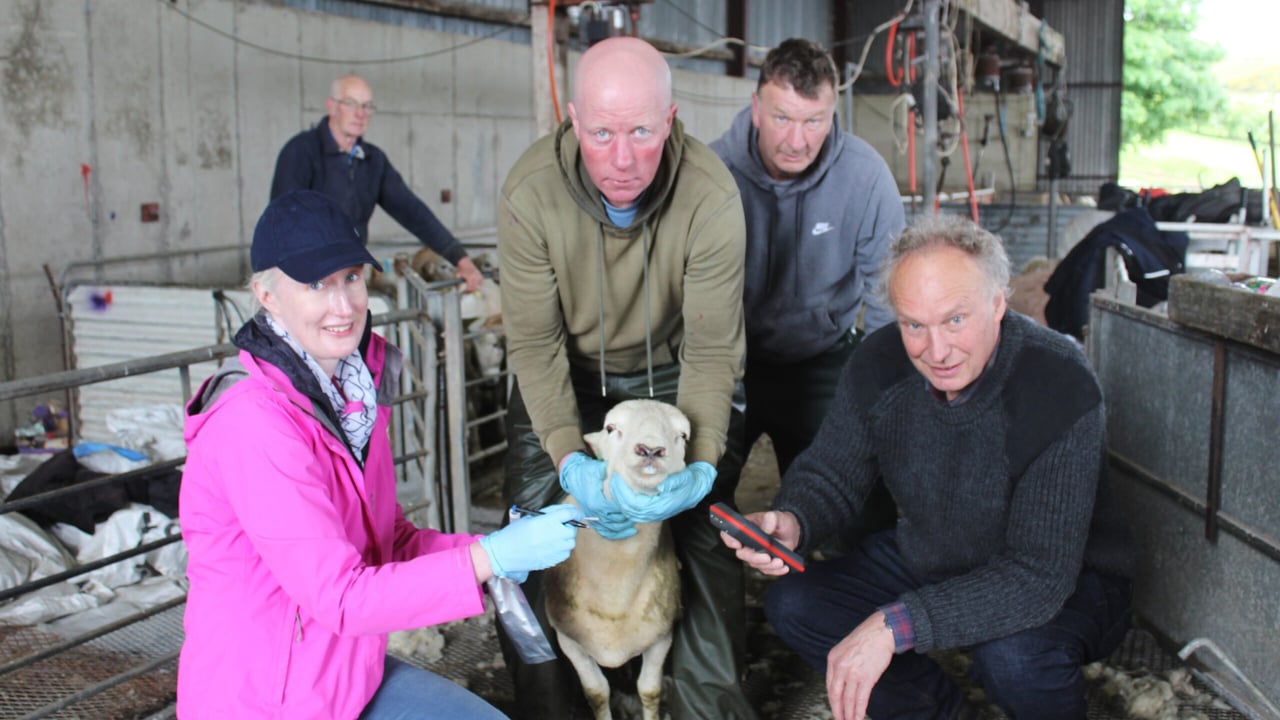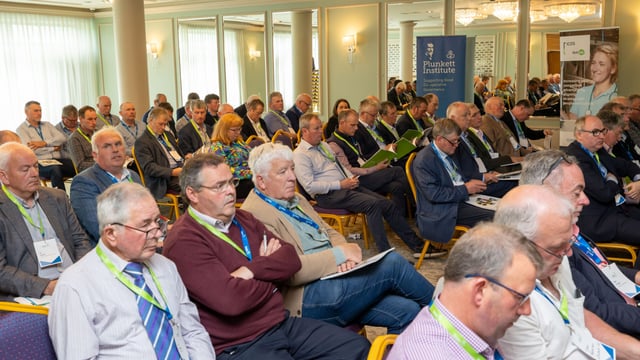Genotyping the wool shedding ability of Easycare sheep
There is strong demand for wool shedding sheep across the UK and Ireland, with the continuing growth in Easycare numbers a case in point.
This, in turn, is a response to the poor wool prices that have been available to farmers for the past number of years.
Given this backdrop, scientists from the Roslin Institute at the University of Edinburgh are currently investigating the genetic basis upon which certain breeds of sheep voluntarily shed their wool.
Wool shedding, however, is not a simple switch-on / switch-off process. Individual sheep can demonstrate a range of abilities, where shedding is concerned.
Some are able to shed all their wool: others none at all. In between these two extremes, sheep will demonstrate the complete range of shedding capabilities.
The members of the Roslin team have come up with a scoring system, which takes full account of this reality.
The scale starts at the figure ‘zero’, reflecting animals that do not shed at all, up to the figure ‘nine’ for animals that will lose all of their fleeces. Scores are determined courtesy of a visual assessment process.
Wool shedding normally begins at the end of April and continues through the rest of the spring and early summer months.
The Easycare breed has been developed with a strong focus on the ability of the sheep to shed their wool.
The Roslin Institute’s Dr. Emily Clark was a recent visitor to the Easycare flock of Campbell Tweed, who farms at Cairncastle, in Co. Antrim.
While there, she took nasal swabs from 160 young rams, all born in 2023. A shedding score was recorded for each animal as the swab was taken.
These yearling rams had been retained as potential flock sires and the sampling was carried out at the next stage of selection when they were physically assessed.
As part of the critical evaluation process carried out by former Co. Antrim Easycare flock owner, Campbell Tweed, any animal that was not deemed suitable for breeding at that stage, was culled.
All lambs within the Tweed flock are electronically tagged at birth. This makes their individual identification at any stage a straightforward process, using an electronic reader.
Dr. Clark said: “My visit to Northern Ireland follows-on from work carried out by my Roslin colleague, Denis Headon, 10 years ago.
“We have already carried out a lot of work to identify the specific part of the Easycare genome that is responsible for wool shedding.
“It’s now a case of fine tuning this, in order to identify the exact genetic sequencing that drives the wool shedding process. The nasal swab sample taken from Campbell’s rams will help significantly in this process.”
Tweed, said: “The end game, from a commercial point of view, is to develop a test that will identify the wool shedding ability of individual sheep at a very early age.
“In our own case, we physically score the wool shedding ability, alongside with the physical performance of all the breeding sheep that we make available for sale."
The current sheep shedding research at the Roslin Institute has been funded by the Biotechnology and Biosciences Research Council (BBSRC) under the aegis of UK Reserach and Innovation.






